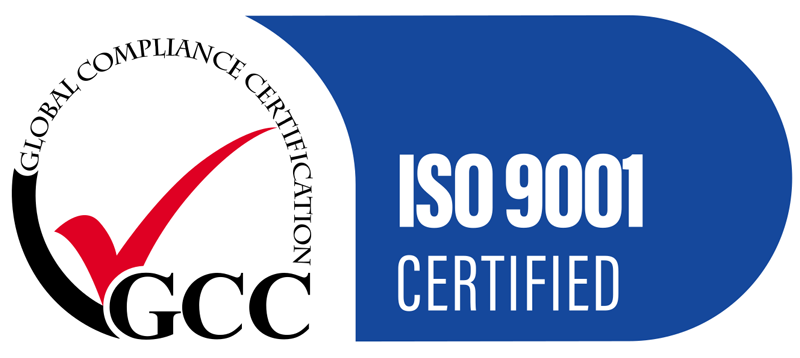Steel is in every part of our lives. It forms the basis of our buildings, our vehicles and even our robots. The world would be a lot different without this flexible, durable and reshapable material, so it’s worth considering how much of it we’re making every year.
The biggest provider of the world’s supply of steel is China. After an initial attempt at becoming a manufacturing powerhouse in 1958’s Great Leap Forward, the country has greatly increased its steel production capabilities with hundreds of technologically advanced steel mills.
Together, the country’s mills sent out a whopping 831 million tonnes of steel in 2017, a rise of over five percent over the previous year. That number is set to increase again in 2018, according to the trade industry organisation WorldSteel Association. In May 2018 alone China’s output grew to 81.1 million tonnes, and April saw 76.7 million tonnes leave Chinese mill doors.
In total, China’s steel production for 2018 so far is a monumental 369.859 million tonnes. When you compare this with other steel manufacturers in the region such as Japan (9.09 million tonnes), India (8.82 million tonnes) or South Korea (6.23 million tonnes) it’s easy to see why China is regarded as the world’s largest player in the industry.
Local factors
Different factors account for this continued rise in Chinese steel fortunes. Over the past few years there has been increased pressure on mills that cut prices in order to move product in a weak local building market, so many loss-making mills were closed. Environmental inspections increased around the country, forcing mills to change their procedures to become more efficient and, in turn, profitable.
Another large part of this increase is that many illegal steel mills were not factored into previous year’s data, and them being closed has shifted production to mills that are surveyed by Worldsteel.
Shifting demand
This growth in production comes despite concerns that demand for steel is changing on a global scale. Chinese authorities have recently made gestures towards cutting millions of tonnes of capacity, with tactics like ordering mills to reduce their output by 50% during winter. In theory, this will force mills to stop over supplying the market which has potentially disastrous effects on both the local and global economy.
Overseas forces are also applying pressure on China’s growth in production. European politicians have long blamed China for weakening their home-grown businesses and the US has recently announced sweeping tariffs aimed at stopping cheap Chinese steel from flooding the market.
China has responded to this move by saying it will do what it can to reduce output, but the effort has not resulted in concrete results yet. While new environmental regulations have forced the closures of some mills in big cities like Beijing, others have sprung up in territories not covered by these rules. These fringe areas are also not bound by stringent workplace guidelines, subjecting their workers to longer hours, and increasing production to make up for the shortfall felt in the cities. Work continues for the Chinese government to reshape local manufacturing practices.
The future of the steel industry around the world is a continually evolving one, with new uses, markets and technologies emerging every year. At ShapeCUT we’re keen to see what happens next and will be sharing latest developments here. Contact ShapeCUT today to talk about our range of laser cutting options.
Contact Us To Find Out More
We ensure a fast, exact and economical steel solution for our clients. Call our team today to discuss your steel cutting and metal processing requirements.
Get Our Newsletter
Contact details
121 Mica Street, Carole Park,
QLD, 4300, AUSTRALIA
Freecall: 1800 SHAPECUT (1800 742 732)
Telephone: (07) 3271 5600
Facsimile: (07) 3271 5454
Email: sales@shapecut.com.au
Accredited Profile Cutting

Profile Cutting
Metal Processing Services
©2025 ShapeCut | Website design Brisbane by iFactory | Privacy Policy | Search | Sitemap



